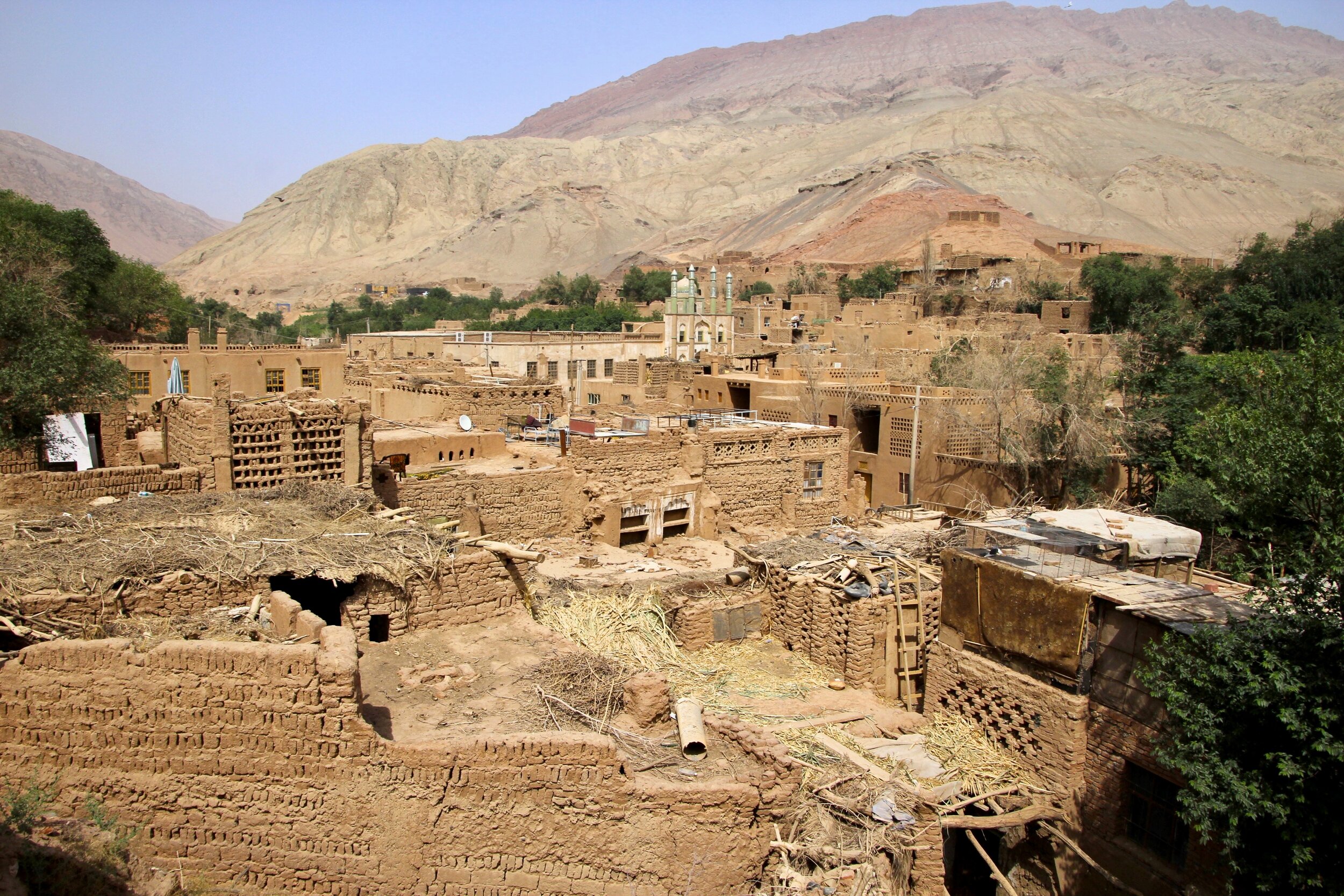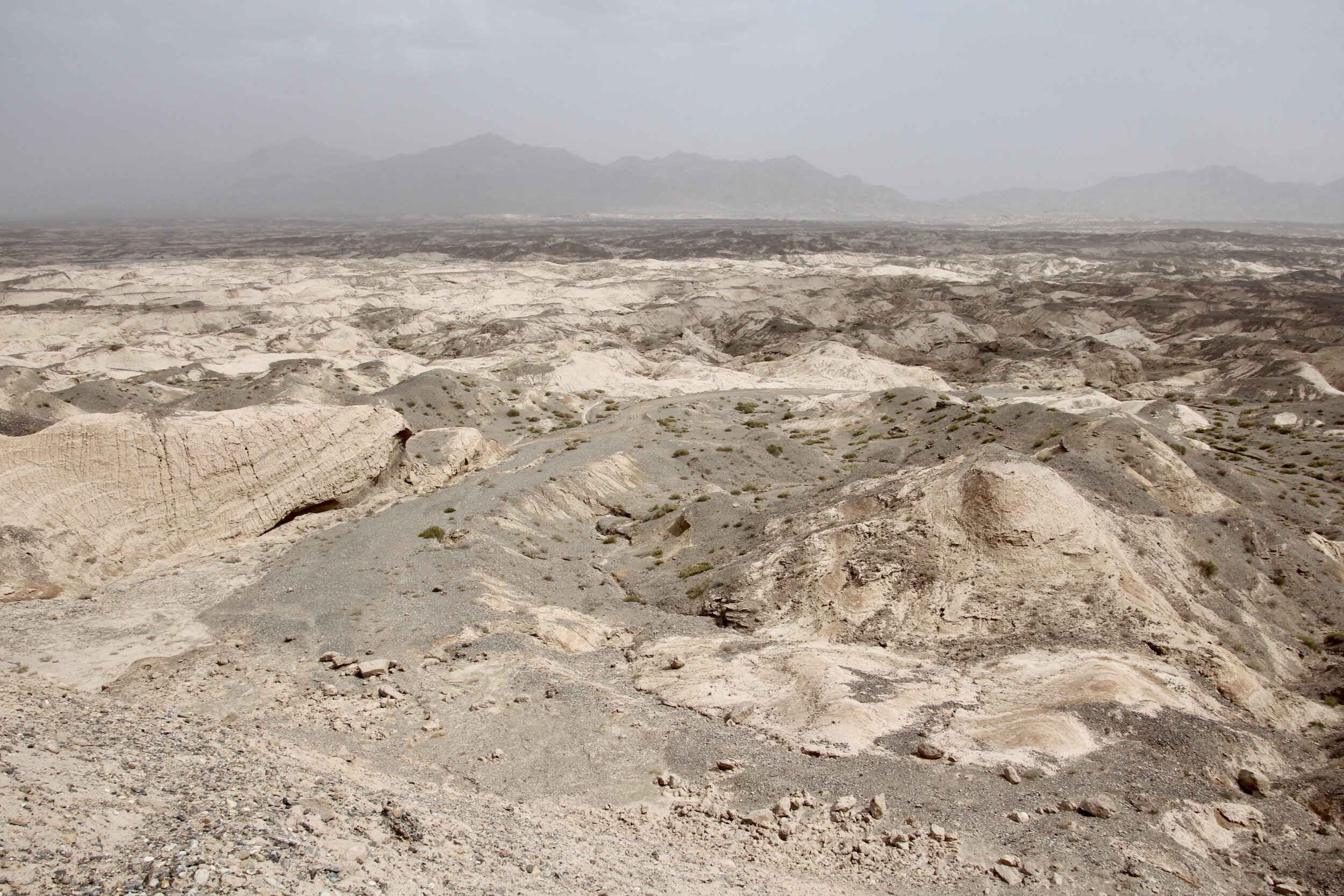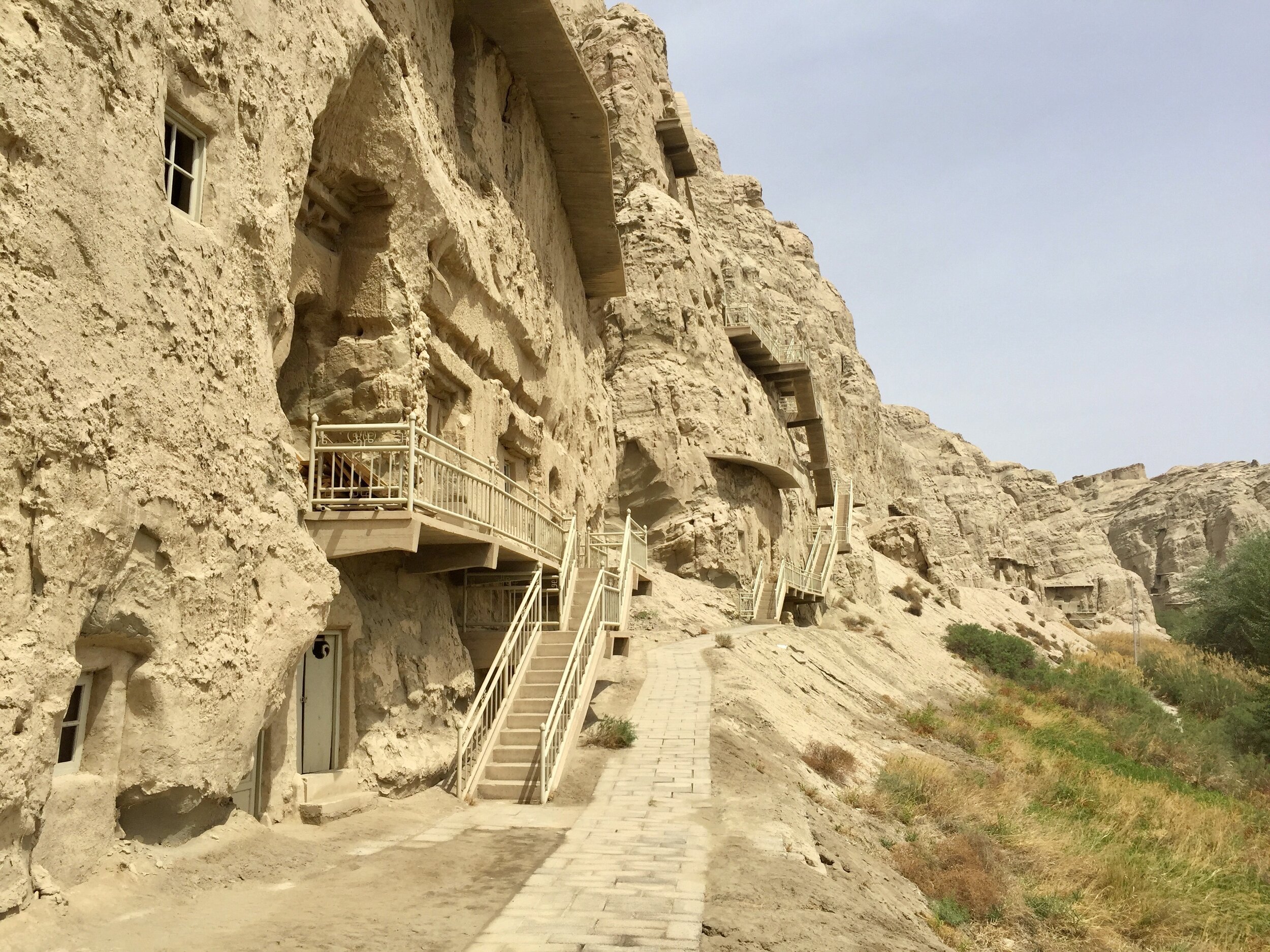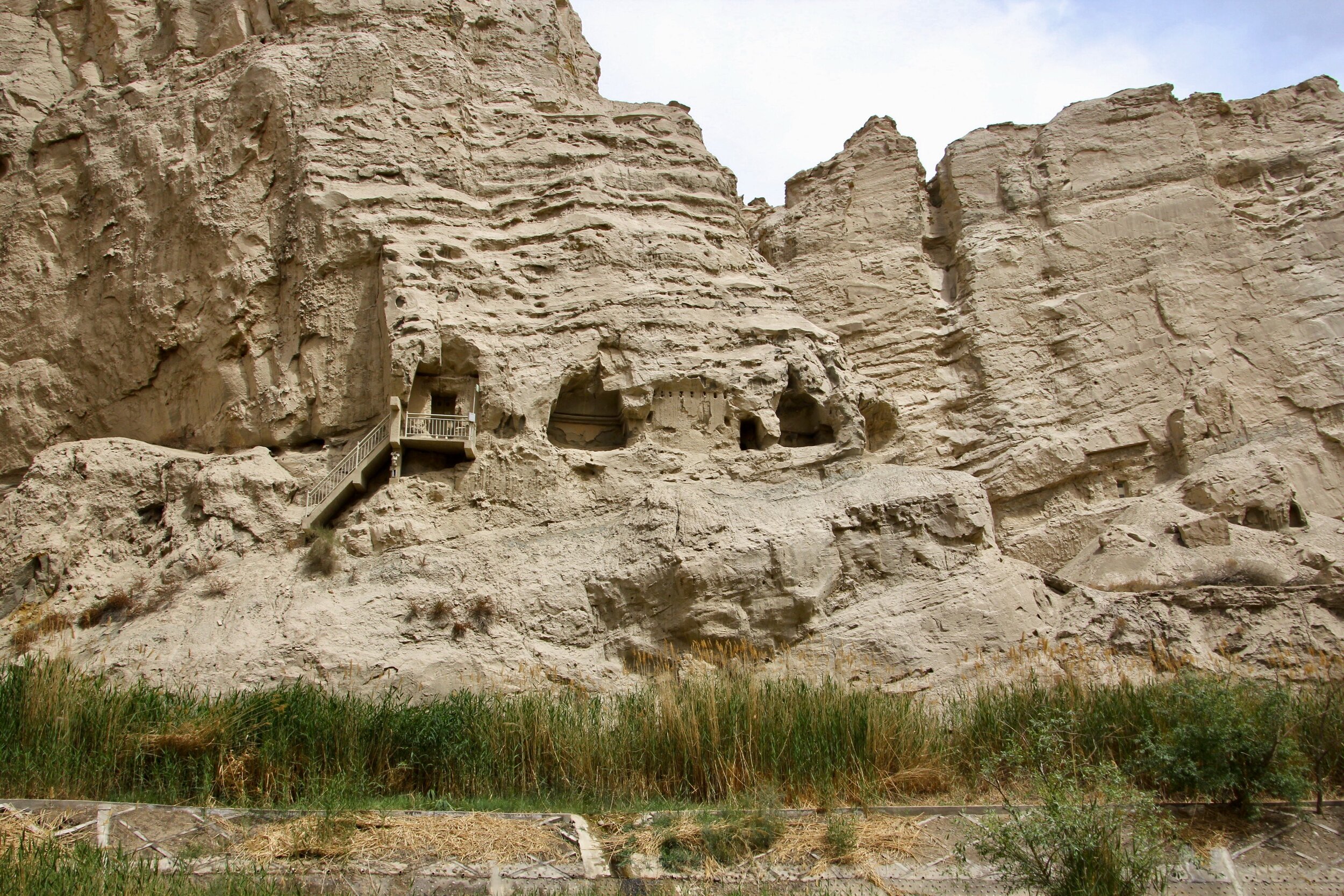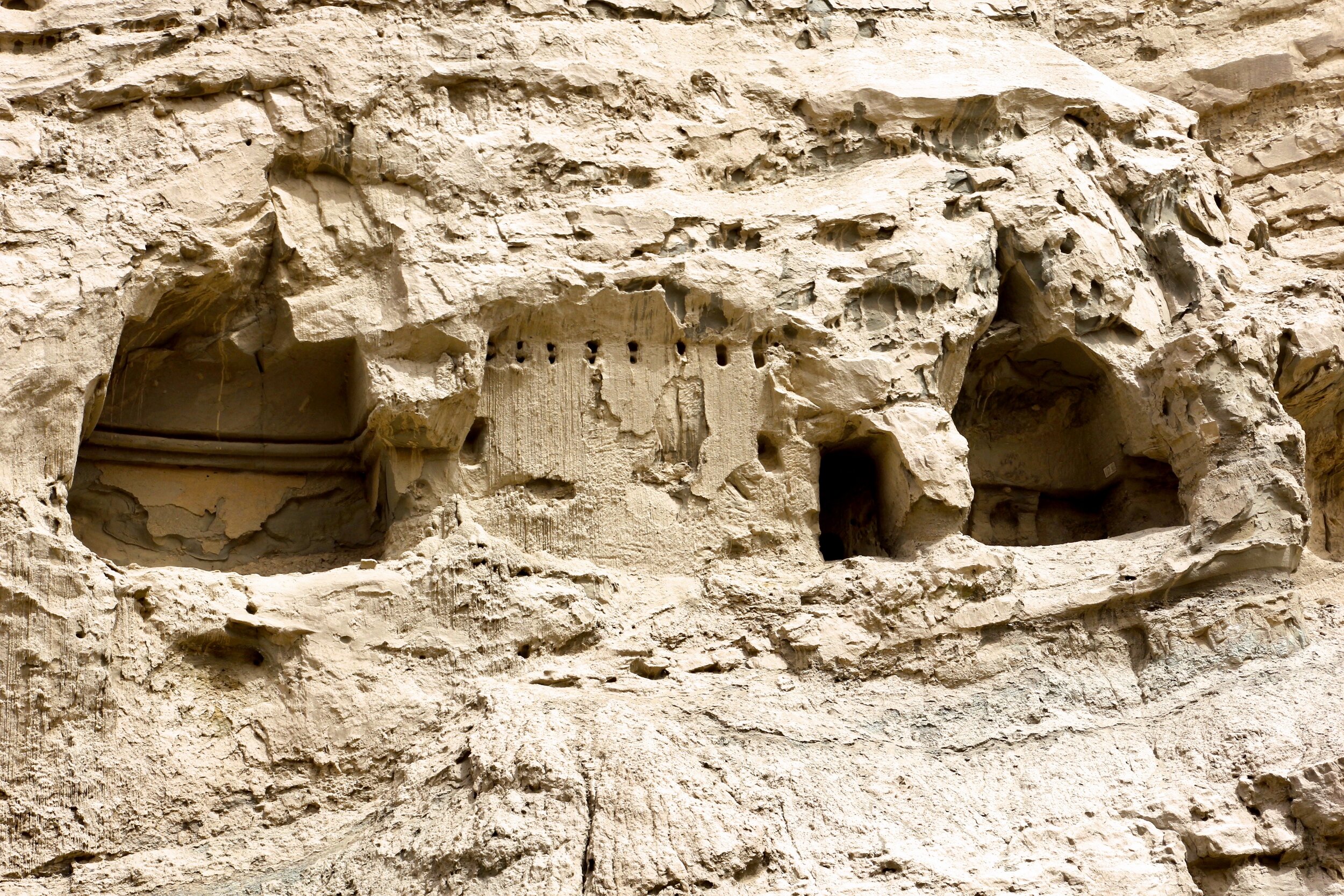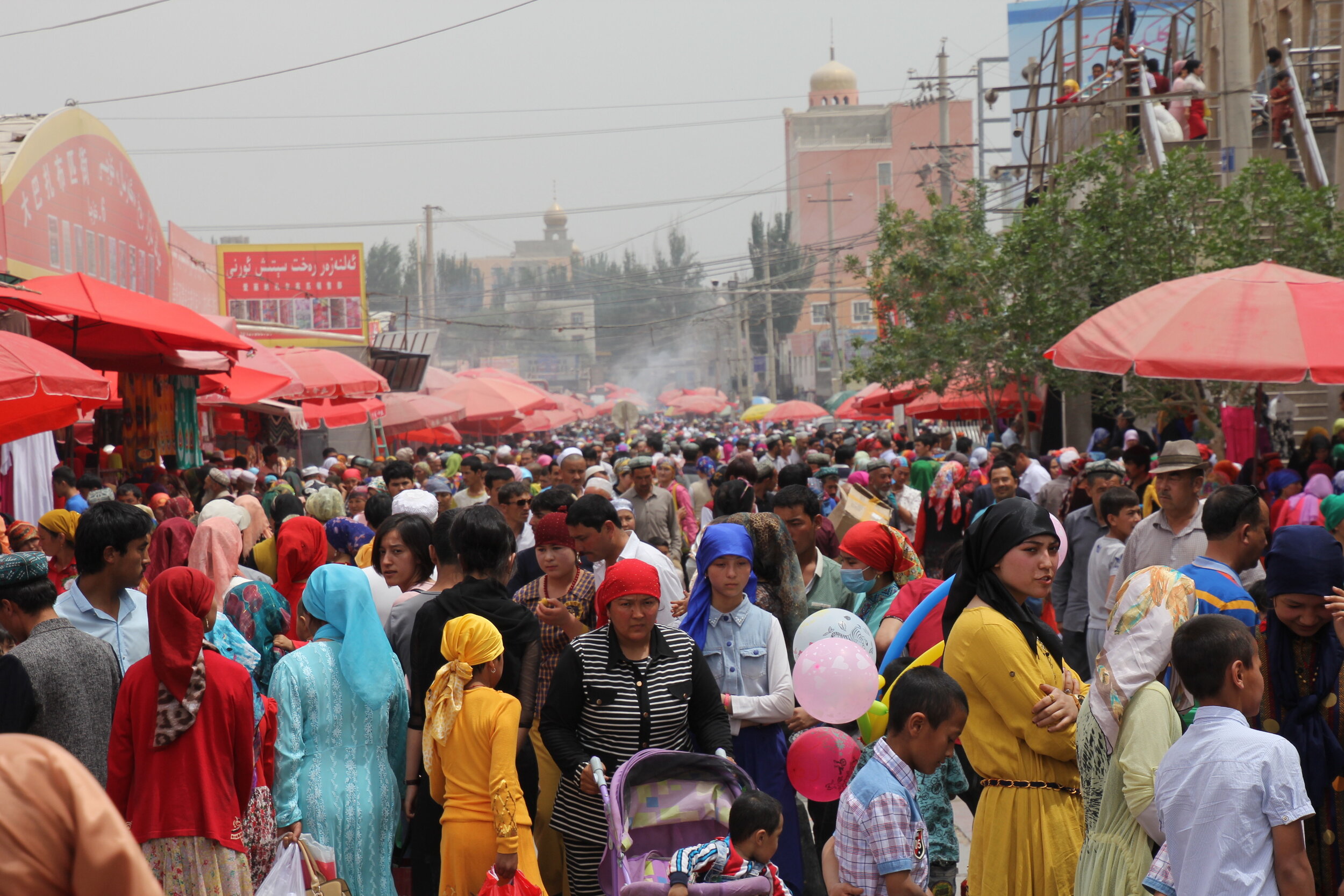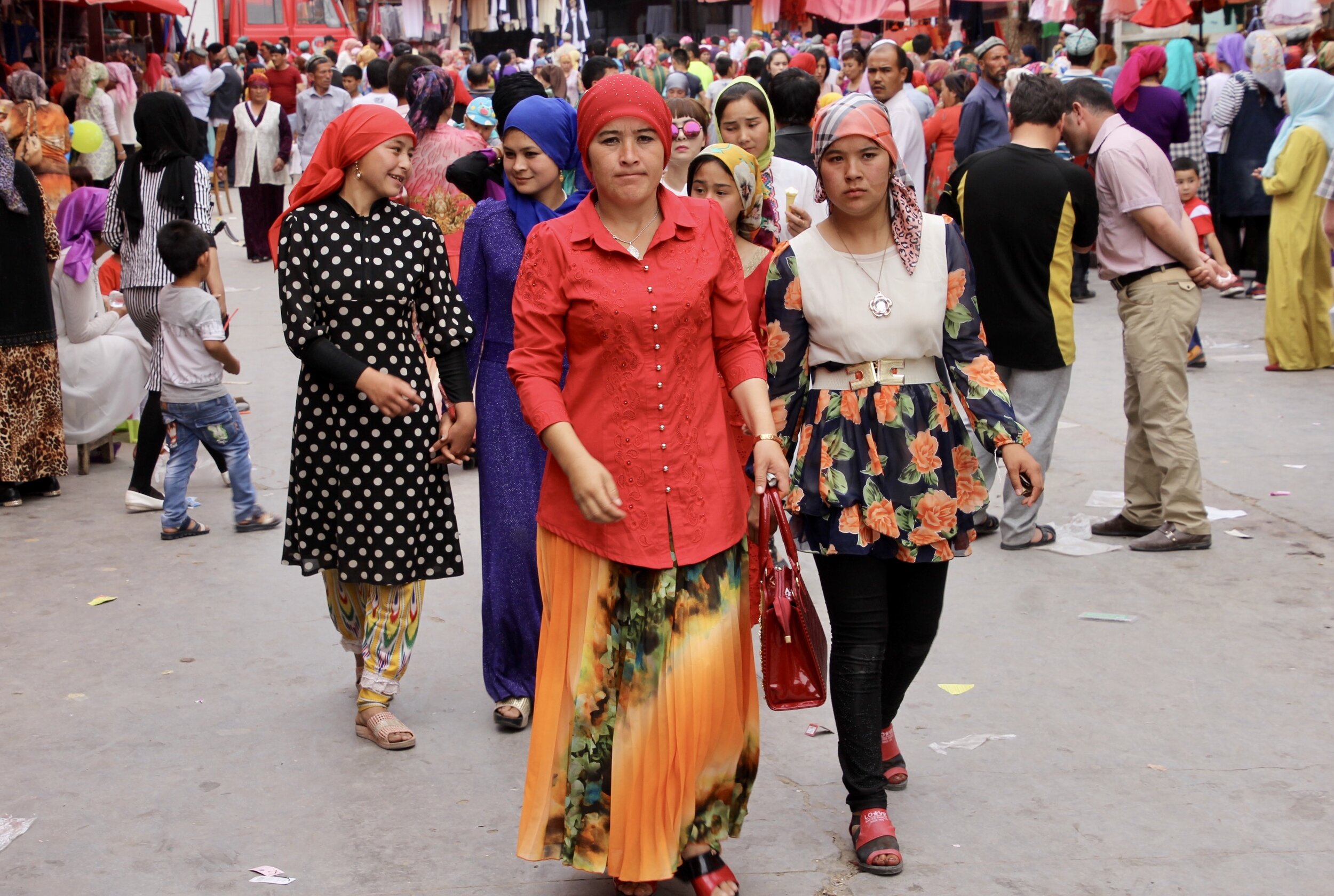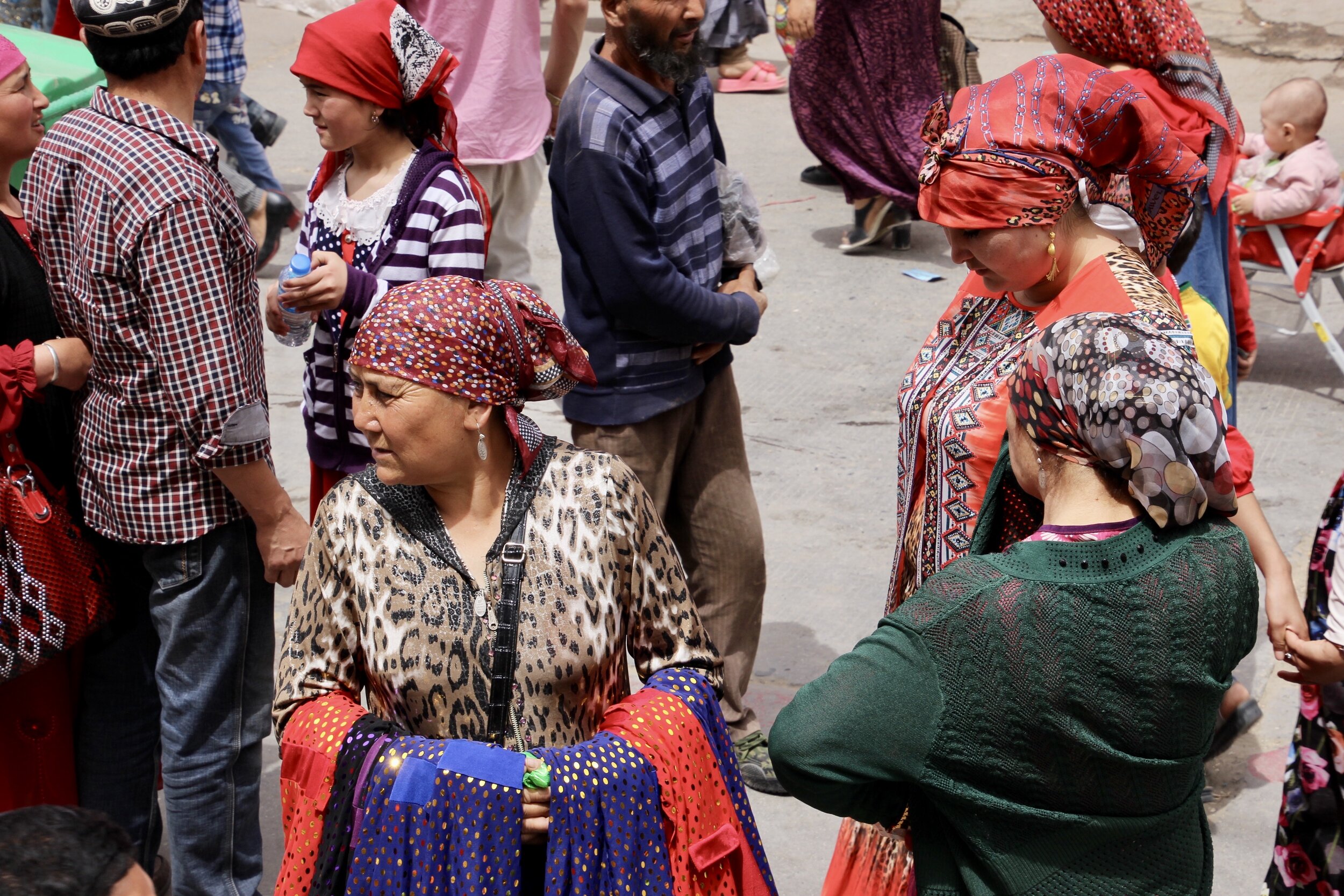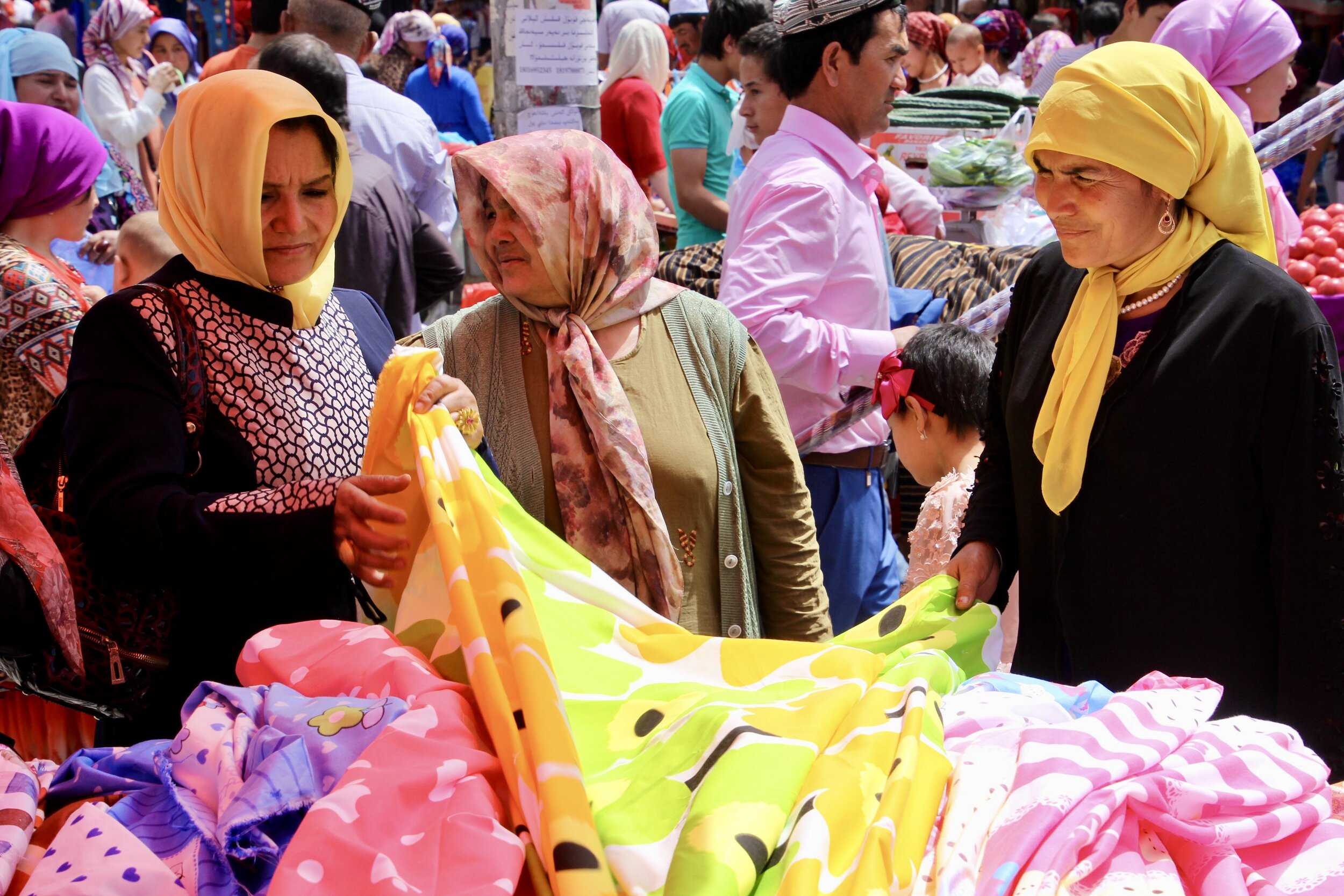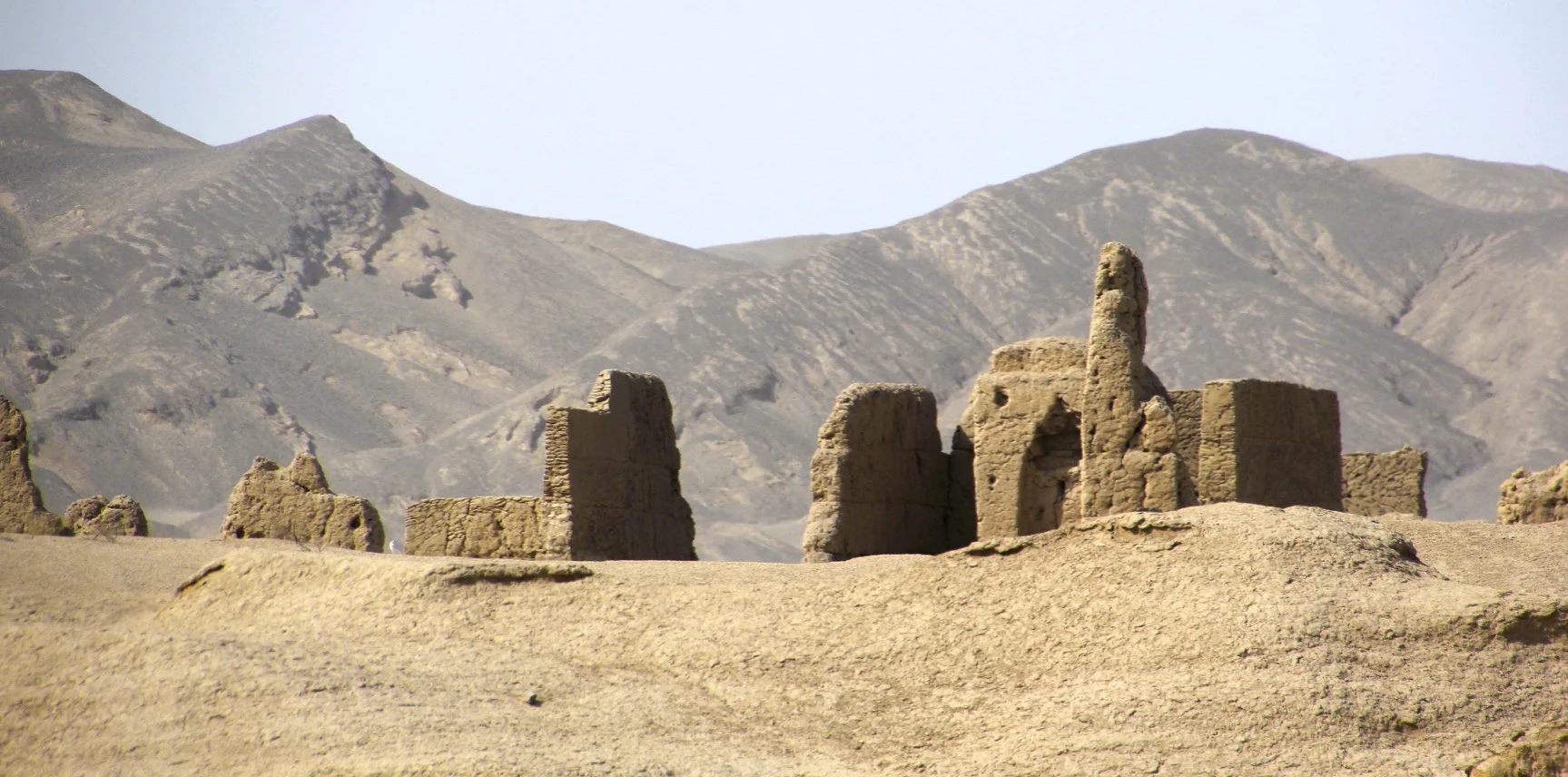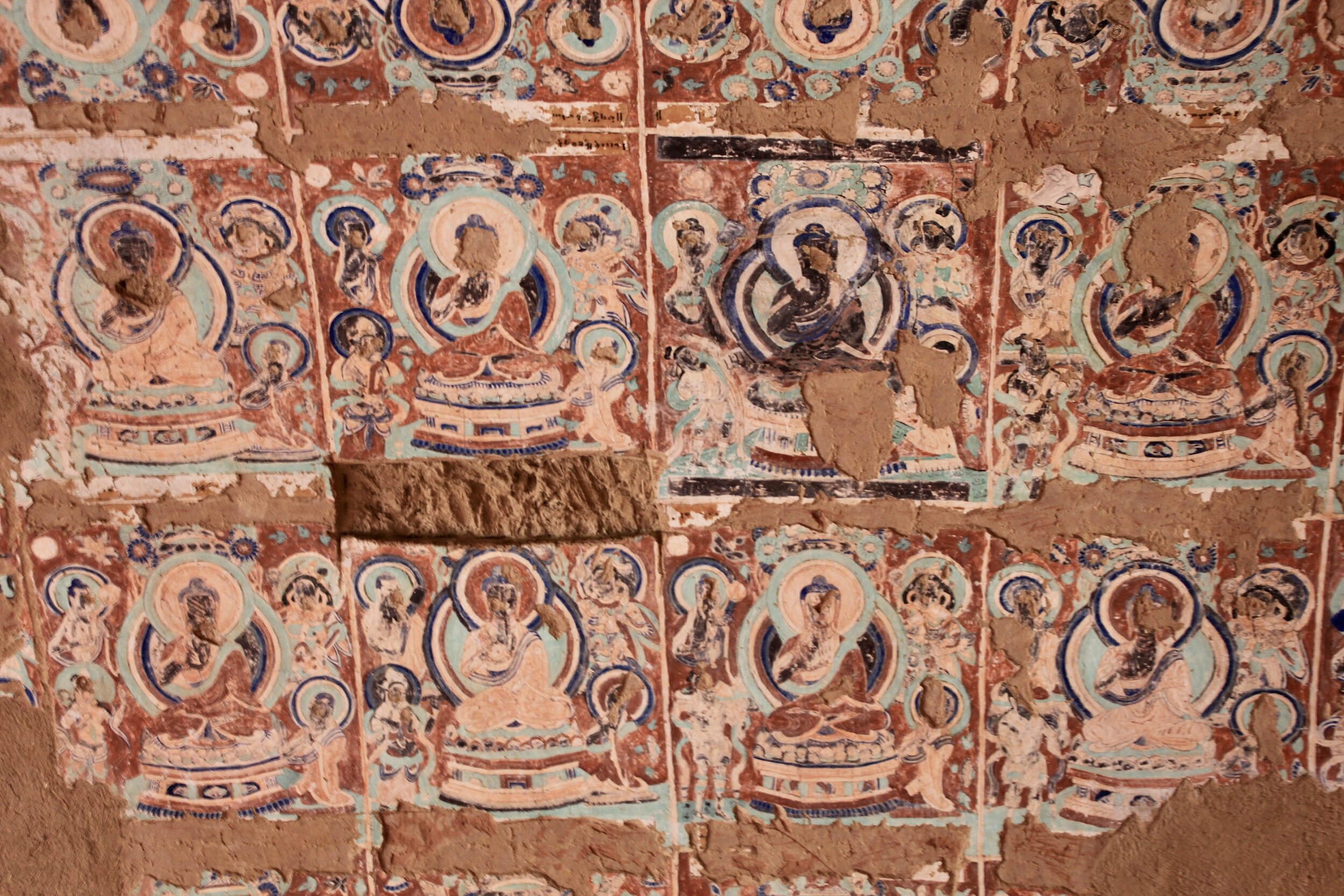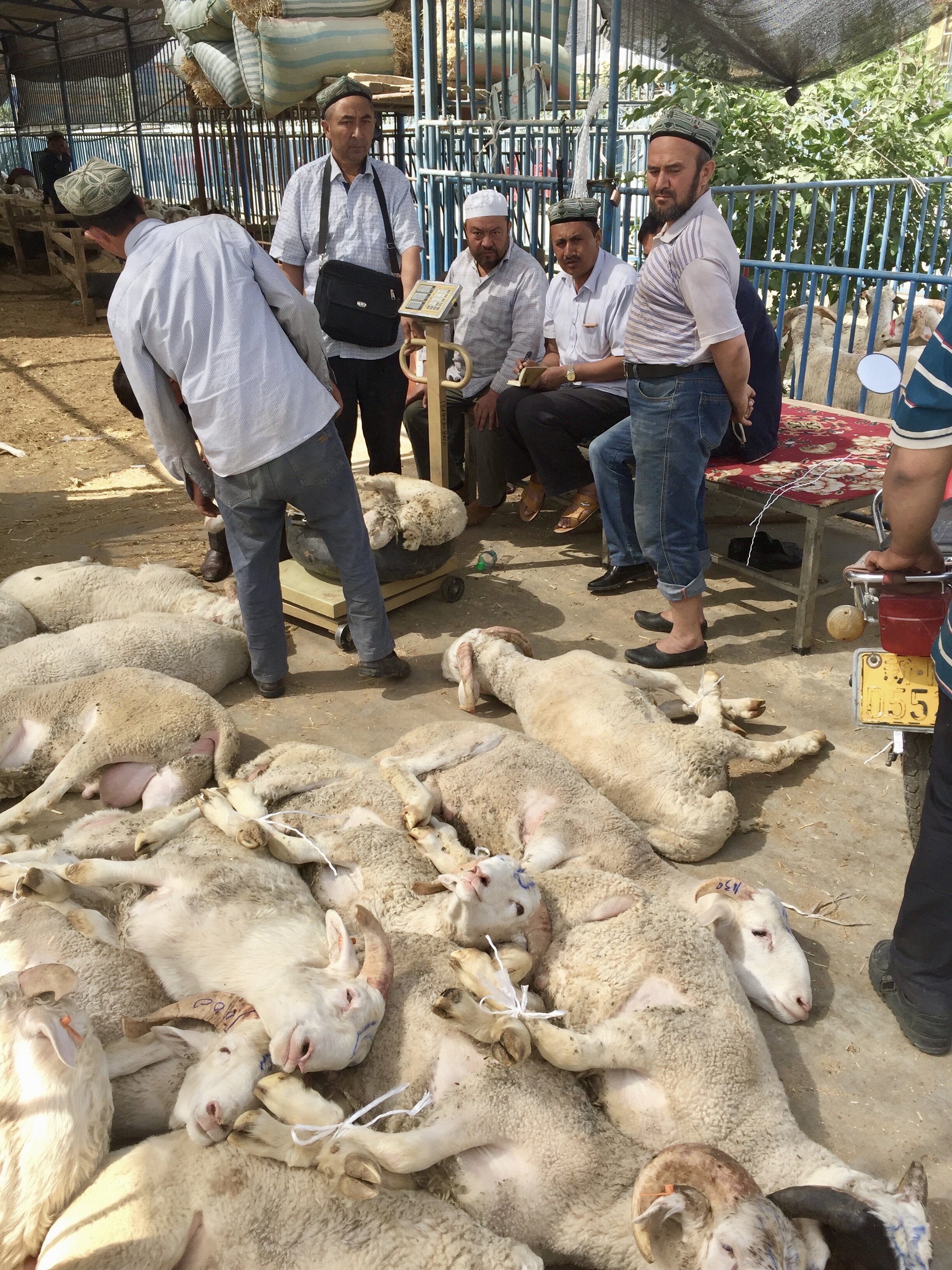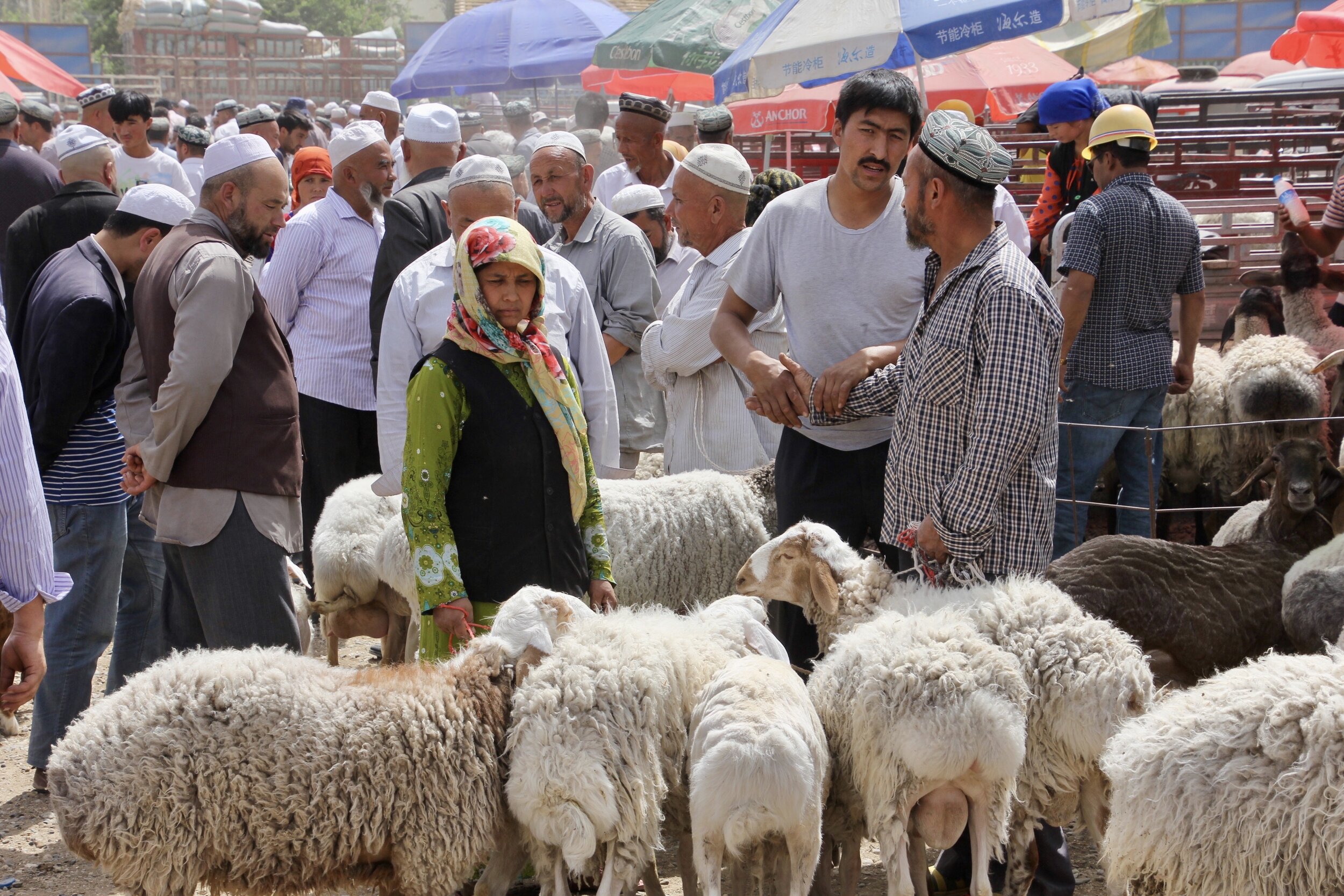Map of Western China - Xinjiang Uyghur Autonomous Regions
In the Kashgar market
The Kashgar old tea house
100 year old tea house
The story of the 100 year old tea house in Kashgar
100 year old tea house
100 year old tea house
100 year old tea house
Kashgar shop
Streets of Kashgar
Tajik beauty
The Shiphton Arch near Kashgar
Tashkurgan old fort and the Pamir Mountains near the border of China, Pakistan and Afghanistan
Old Fort of Tashkurgan
Old Fort of Tashkurgan
Tashkurgan
The Chinese Pamir
Near Tashkurgan
Muztagh Ata
Karakul Lake and Muztagh Ata
Mt. Kongur
Mt. Kongur
The Karakoram Highway (KKH) connecting Pakistan and Xinjiang
The Karakorum Highway
The Karakorum Highway
The Pamir Mountain Range along the Karakoram Highway
The Kunlun and Karakoram near Hotan
Road through Kunlun Mountain Range south of Yarkand
Road through Kunlun Mountain Range south of Yarkand
The Subashi Temple near Kucha
An old stupa near Kucha
The Emin Minaret or Emin Tower stands by the Uyghur mosque located in Turpan, Xingjiang, China. At 44 meters (144 ft) it is the tallest miaret in China
The Subashi Temple near Kucha
Near Turpan
The Taklamakan Desert has very little water, therefore it is hazardous to cross. Merchant caravans on the Silk Road would stop for relief at the thriving oasis towns.
The dusty trans Taklamakan Highway
The trans Taklamakan Highway
Taklamakan Desert
The sea of sand - Taklamakan Desert
Taklamakan Desert
The Jiaohe Ruins, also known as Yar City near Turpan.
Goachang Ancient City near Turpan
Goachang Ancient City
Goachang Ancient City
Near Turpan
Near Turpan
Small town near Turpan - the base for the Goachang Ancient City
Mural in one of the Kizil Caves.
Inside one of the Kizil Caves. A central pillar design allows the pilgrims to circumambulate around a central column which is a representation of a stupa. Anti portrait Muslims had Buddhist portraits obliterated during the wars over hundreds of years in which Buddhism was replaced by Islam
The desert surrounding the Kizil Oasis
The Kizil Oasis
Kizil Caves
The Kizil Caves complex is the largest of the ancient Buddhist cave sites that are associated with the ancient Tocharian kingdom of Kucha.
Kizil Caves complex
Inside one of the Kizil caves
The earliest caves are dated, based in part on radioactive carbon dating, to around the year 300.
The Kizil Caves - unfortunately most of them are closed
The caves were probably abandoned sometime around the beginning of the 8th century.
Kizil caves
Kizil Caves
Sad state of the Kizil Caves
This walkway led to a water spring which a holy site for Buddhists.
In Hotan
Hotan
In the market of Hotan
The delicious bread at the Uyghur market in Hotan
Carpet shop in Hotan
Hotan Sunday Market - the grant main gate
Hotan Sunday Market
Hotan Sunday Market
The famous Hotan silk - this pattern is characteristic to the area of Hotan
Different types of watermelon seeds
At the Hotan market
Hotan Sunday Market
Hotan Sunday Market
Hotan Sunday Market
The famous silk of Hotan
Hotan Sunday Market
Hotan
Hotan
Hotan
Yumm! Fast Food at the Hotan Sunday Market
Hotan
Hotan
Hotan
Carpet shopping in Hotan
It is plus 40C so a cup of crushed ice is nice
The main mosque in Urumqi
Turpan
Inside the Emin mosque.
In the Provincial Museum in Urumqi
Tarim Basin mummies in the Urumqi Museum
The incredible Tarim Basin mummies in the Urumqi Museum
The Tarim mummies are a series of mummies discovered in the Tarim Basin in present-day Xingjiang, China, which date from 1800 BC. 'The Beauty of Loulan" - the oldest Tarim mummy.
Many of the mummies have been found in very good condition, owing to the dryness of the desert and the desiccation it produced in the corpses. The mummies share many typical Caucasian body features (elongated bodies, angular faces, recessed eyes), and many of them have their hair physically intact, ranging in color from blond to red to deep brown
The Emin mosque.
The Jiaohe Ruins, also known as Yar City near Turpan. From 450 AD until 640 AD it became Jiao prefecture in the Tang Dynasty
The Jiaohe Ruins
The Jiaohe Ruins
The Jiaohe city Ruins
The Jiaohe Ruins
Buddhist stupa at Jiaohe Ruins.
The Jiaohe Ruins
Buddhist stupa at Jiaohe Ruins.
Gaochang, also called Karakhoja, Qara-hoja, Kara-Khoja, or Karahoja, is the site of a ruined, ancient oasis city on the northern rim of the inhospitable Taklamakan Desert
Gaochang ancient city.
Gaochang ancient city.
Gaochang ancient city.
Gaochang city was built in the 1st century BC, it was an important site along the Silk Road. The old city defensive wall.
Gaochang ancient city.
The Bezeklik Thousand Buddha Caves near Turpan.
There are 77 rock-cut caves at the Bezeklik site. Most have rectangular spaces with rounded arch celings often divided into four sections, each with a mural of the Buddha. The effect is that the entire ceiling is covered with hundreds of Buddha murals.
Old ruins near the Bezeklik Cave complex.
The old caves near the Bezeklik Cave complex.
in Turpan, Xinjiang
In Turpan
Kucha
Kucha
Kucha
The old and new Kucha.
Kucha
The Subashi Temple
The Subashi Temple is a ruined Buddhist temple near Kucha in the Taklamakan Desert, on the ancient Silk Road, in Xinjiang, China
The Subashi Temple
The Subashi Temple
The Subashi Temple.
The Subashi Temple
The Subashi Temple
The Subashi Temple
The Subashi Temple
The roads around Kucha
The road in Western China near Kucha on the way to Kizil Caves.
Old Kucha
Kucha Grand mosque is the third largest mosque in the region, was rebuilt in 1932 on the site of original 16th century mosque.
The Grand Mosque of Kucha.
The prayer hall of the Grand Mosque of Kucha.
Kucha, Xinjiang
Kucha, Xinjiang
Blacksmith shop in Kucha
The streets of Hotan
At a bakery in Hotan, Xinjiang
Xinjiang carpets in Hotan
Rawak Stupa near Hotan
Imam Asim Tomb near Hotan on the edge of the Taklamakan Desert
Taklamakan is one of the largest sandy deserts in the world, ranking 15th in size in a ranking of the world's largest non-polar deserts.
Taklamakan - means: once you get in, you never get out.
Taklamakan
Taklamakan is the paradigm of a cold desert. Given its relative proximity with the cold to frigid air masses in Siberia, extreme lows are recorded in wintertime, sometimes well below -20 °C
At the Hotan animal market. Hotan is is a major oasis town in southwestern Xinjiang. Hotan has always depended on two strong rivers - the Karakash River and the White Jade River to provide the water needed to survive on the southwestern edge of the Taklamakan Desert.
Once ubiquitous but now seldom seen pigeon keeping. In Hotan.
Road near Kucha
Jade processing in Hotan - Hotan jade is famous all over China
Karglik
Karglik main mosque
Karglik mosque
In Karglik
The Grand Mosque of Yarkand
Yakrand
Old Yarkand
Old Yarkand
Old streets of Yarkand
Yarkand




















































